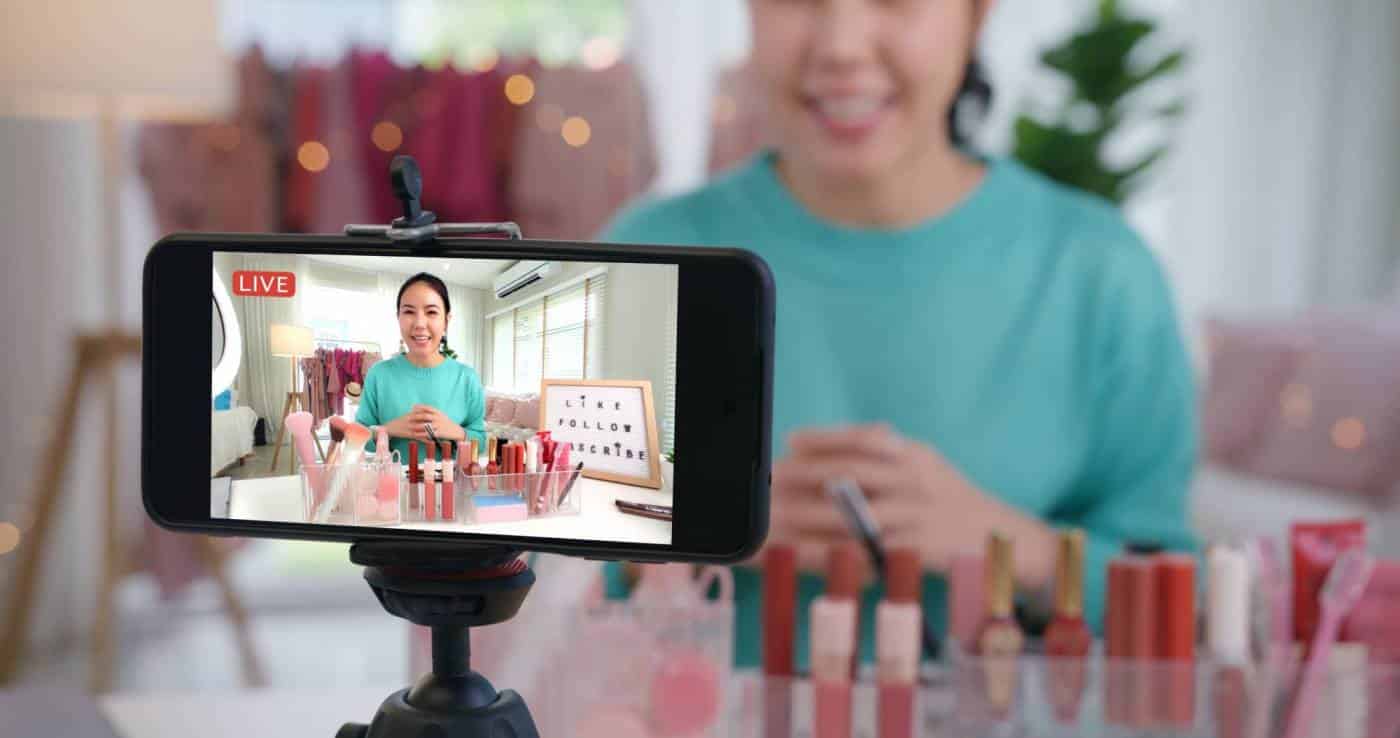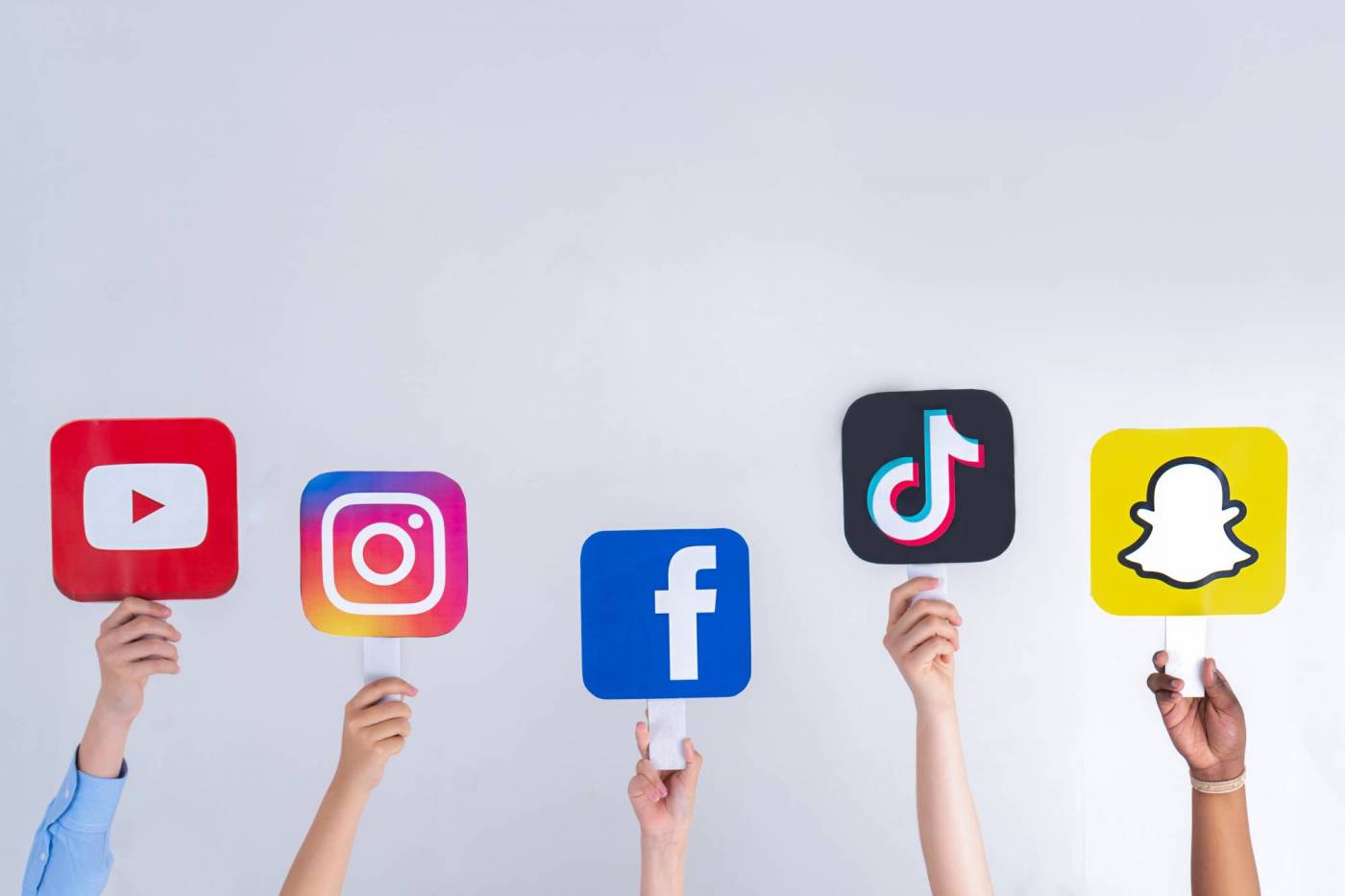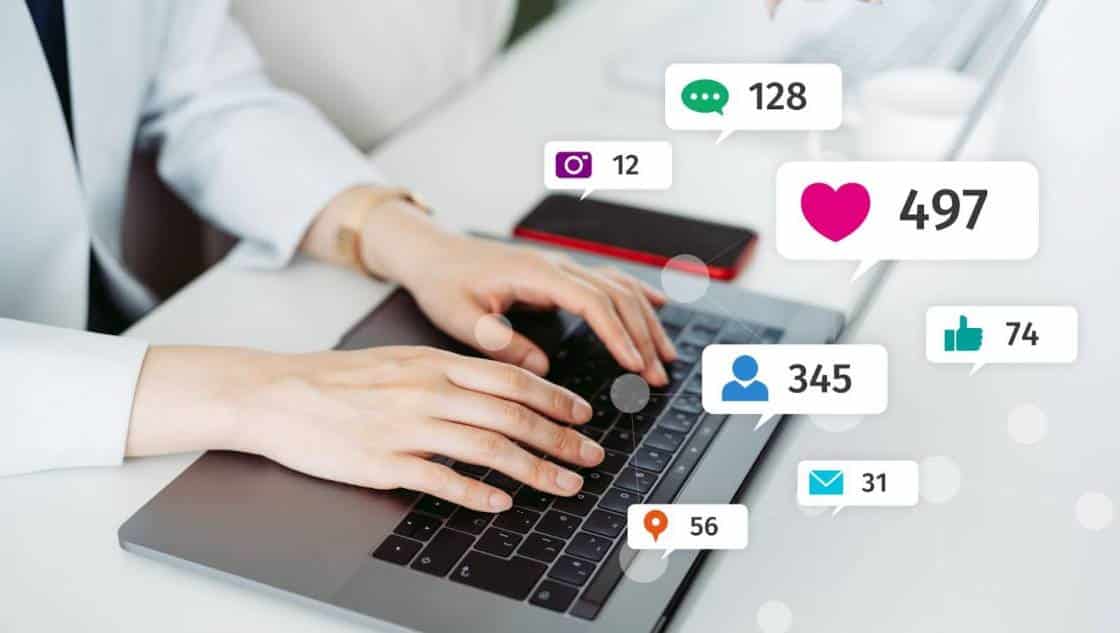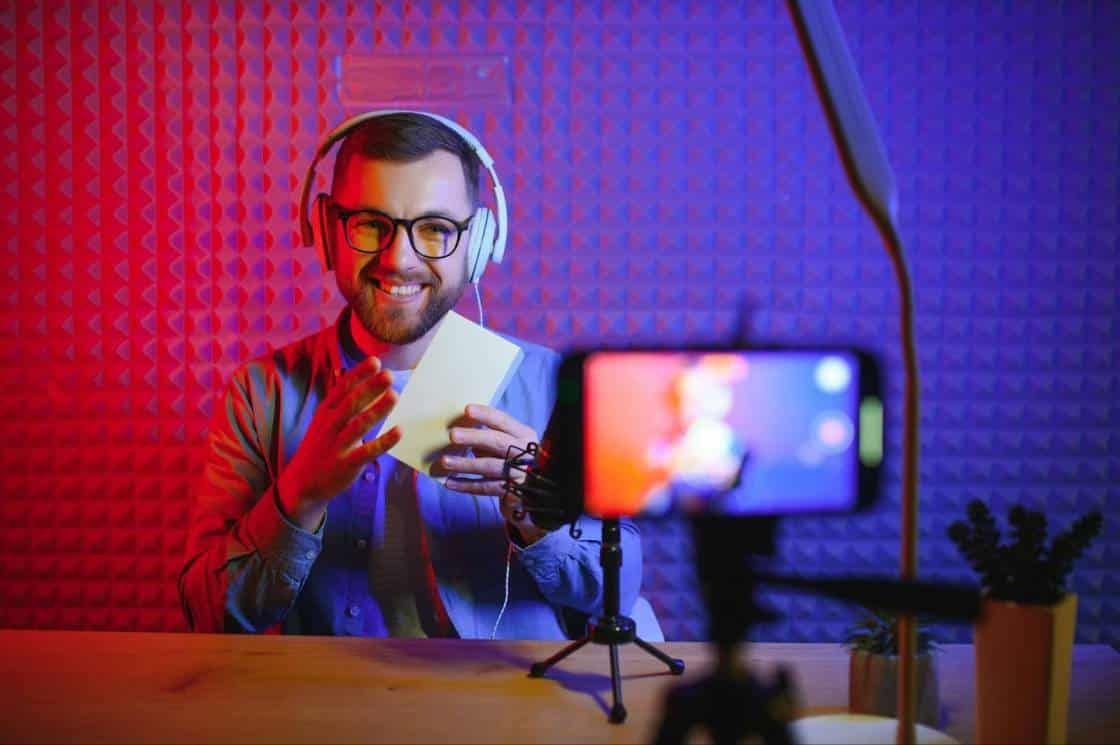
Imagine a small-town bakery. The croissants are perfect and flakey, the coffee’s always rich and fresh, and the locals love it — once they discover it.
But how does a business like that stand out, beyond word of mouth?
Enter micro-influencers
Say a local food blogger shares a photo of your bakery’s newest pastry on Instagram. Their audience — neighbors, friends, and local coffee connoisseurs — suddenly knows exactly where to stop for their next treat and caffeine kick.
Micro-influencing feels personal. As a result, it’s a powerful component of digital marketing for small businesses.
Believe us when we say this form of small business influencer marketing works. Roughly 69% of consumers trust influencers, friends, and family over information coming directly from a brand.
For small businesses, this trust is gold. Micro-influencers might not be celebrity endorsers, but they create content with an approachable, relatable voice. This connects businesses to the local customers they need most.
Here’s how micro-influencers can help your small business get noticed 一 and why you don’t need a huge budget to make it happen.
Table of Contents
What Are Micro-Influencers?
Micro-influencers are social media personalities with anywhere from 1,000 to 20,000 followers. They’re not celebrities or internet superstars. Instead, they’re everyday people with an engaged audience that values their opinions.
What makes micro-influencers stand out is their ability to build real connections. This local influencer marketing content feels personal and relatable — because it is.
The stats back this up. According to Hubspot, micro-influencers generate up to 60% more engagement than macro-influencers. These intimate voices share genuine experiences, respond to comments, and focus on topics they care about. These could be anything from food and fitness to parenting and crafting.
This connection translates to trust. People follow micro-influencers because they’re authentic and approachable. When they recommend a new coffee shop, gym, or boutique, it feels more like a tip from a friend than an advertisement.
That trust is what makes micro-influencers so valuable — especially for businesses looking to connect with loyal, local audiences. Connections are the foundation of effective influencer marketing strategies for small businesses.
How Micro-Influencers Drive Local Brand Awareness
Micro-influencers are a digital version of word-of-mouth. They talk about the brands, businesses, and products they love, and their followers rely on them for honest recommendations.
That trust can turn into real results for small businesses — more visits, more sales, and more buzz. Effective influencer campaigns can significantly boost local brand awareness and customer engagement.
More specifically, here’s what influencer marketing can do for local businesses:
They Connect with the Right Audience
Micro-influencers have tight, specific followings. For example: a local food blogger doesn’t reach people across the country. However, they’re relevant influencers reaching neighbors who live a few blocks away.
If your business gets a mention, it’s being seen by people who can actually walk through your door. The connection translates to real, actionable value with a target audience.
Furthermore, micro-influencers have niche audiences. There isn’t an influencer for everyone, but rather small influencers who are uniquely preferred by a target group. This allows you to zero in on the perfect followers for your goals.
Their Recommendations Feel Real
Big influencers and celebrities often feel out of reach. Micro-influencers are different. They’re the people you see at the farmer’s market or your kid’s soccer game.
When they post about your business, it feels like advice from a friend, not an ad. This authenticity drives real interest and action, making influencer collaborations highly effective.
They’re Affordable for Small Businesses
You don’t need a massive budget to work with micro-influencers. In fact, Hubspot reports that up to 44% of marketers list affordability as the biggest benefit of working with small influencers.
Many are happy to collaborate for free products, discounts, or a reasonable fee. For the cost of a single social media post (likely $100-$300 per 10K followers), your business could get weeks of visibility and ongoing engagement.
Compared to traditional ads or pricey celebrity endorsements, it’s a proactive, cost-effective way to get your name out there. This makes influencer marketing for small businesses both accessible and effective.
It’s Not Just Online
Local micro-influencers don’t just live on social media platforms; they’re part of the community. Their followers will likely talk about their posts with friends or family, spreading awareness even further.
A single Instagram story about your new candle store can spark conversations and bring new customers through your doors.
For small businesses, micro-influencers offer more than online exposure. They help build relationships with customers who trust their recommendations. They also put you in front of communities that want to support businesses like yours.
Steps to Start Small Business Influencer Marketing
Working with micro-influencers doesn’t have to be complicated. Small businesses don’t need fancy tools or huge budgets — just a clear plan and a focus on local connections.
Developing a clear influencer marketing strategy maximizes the impact of these partnerships. Here’s how to get started and make influencer partnerships work for you:
Step #1: Identify the Right Local Micro-Influencers
Start by looking close to home. Search social platforms like Instagram or TikTok using hashtags that focus on your area. Explore hashtags like #YourTownEats, #LocalBusinessLove, or #ShopLocal. These tags often lead to influencers who are already celebrating businesses in your community.
Tools like Instagram’s “Explore” feature, influencer search databases, or even a quick Google search can help. Pay attention to their audience engagement to identify potential partners.
In most cases, a micro-influencer with 2,000 followers can be more valuable than someone with 10,000 followers (but poor interactions). Quality over quantity!
Step #2: Build Authentic Partnerships
Influencer marketing works best when it feels genuine. So, keep it simple and real. Start by offering free products or services in exchange for a post or review. For example, if you own a bakery, invite a local food blogger to try your new pastry lineup.
Small campaigns get followers involved and build strong relationships with influencer partners. They often achieve this through giveaways, exclusive discount codes, or limited-time offers.
You can also bring influencers behind the scenes: host them for a tour, let them meet the team, or show how your product is made. This kind of content feels personal and helps their audience connect with your brand.
Step #3: Collaborate on Creative Content
Let micro-influencers create content that fits their style. After all, they know what their audience likes. Work with them to see how to create an influencer marketing campaign that pops with both your and their target audience.
Here are a few content ideas that tend to work well for small businesses:
- Instagram Stories or Reels: Short videos showing off your product, service, or space.
- Day-in-the-Life Features: How your business fits into their day — like grabbing coffee at your cafe or shopping at your boutique.
- Local Reviews or Blog Posts: Thoughtful write-ups shared with their engaged followers.
Planning a well-structured influencer campaign can significantly enhance your brand’s visibility. The goal is to highlight your business in natural and approachable ways.
Step #4: Measure Local Impact
To understand how well your partnership is working, keep an eye on a few key metrics:
- In-Store Visits or Sales: Use influencer-specific codes or discounts to track how many people take action.
- Social Engagement: Look at comments, shares, and DMs to see how their audience responds.
- Community Buzz: Listen for local chatter, whether it’s customers mentioning the influencer’s post or friends recommending your business.
Marketing strategies should include clear metrics to assess the success of influencer partnerships. Keep in mind that not every result will show up in likes and shares. If new customers walk through your door or spread the word, you’re on the right track.
Small Business Influencer Marketing: Think Small to Grow Big
Micro-influencers offer small businesses something rare: authentic, affordable connections with the right customers. Their trusted voices can introduce your brand to a local audience that’s ready to engage, visit, and support.
The first step is simple — reach out. Start small by connecting with a local micro-influencer, or let an influencer marketing agency (like us!) help you make the right moves.
It only takes one post to start a ripple. Get Hyped Media knows how to connect small businesses like yours with influencers who deliver real results.
Let’s get started on your next campaign.





